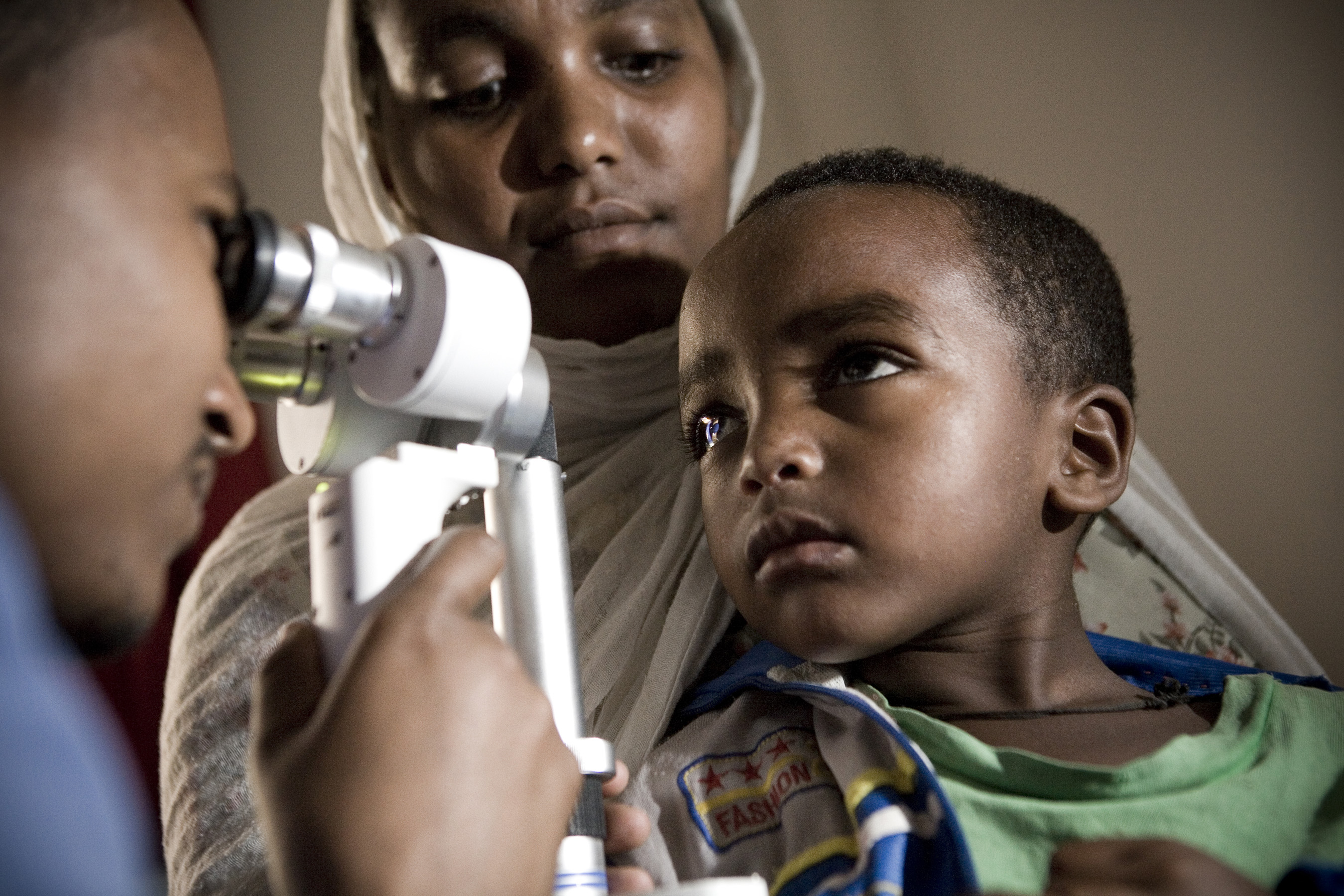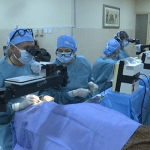A staggering 2.2 billion people already suffer from eye conditions and visual impairment today, but the global need for eye care is set to increase “dramatically”, with lack of exercise a key factor, the UN health agency said on Tuesday, unveiling its first ever report on vision across the world.
While welcoming recent successes in eliminating common conditions such as trachoma in eight countries, the World Health Organization (WHO) highlighted evidence indicating that eye problems are increasingly linked to lifestyle choices, including screen time.
According to the WHO’s World Report On Vision, the burden of impairment tends to be greater in low and middle-income countries.
Women also suffer disproportionately, along with migrants, indigenous peoples, and those with disabilities and rural communities.
Population growth and ageing – along with lifestyle changes and urbanization – will also “dramatically increase” the number of people with eye conditions, vision impairment and blindness in the coming decades, WHO’s report shows.
One of the study’s main findings is that prevention is key, since at least one billion people are living with sight problems that could have been avoided with timely treatment.
Addressing this backlog of vision impairment or blindness owing to short and far-sightedness, and cataracts, will require $14.3 billion, the agency notes.
It points out that prevention is particularly important in low-income regions including western and eastern sub-Saharan Africa and South Asia, where blindness rates are on average eight times higher than in high-income nations.
The combination of a growing and ageing population will also “significantly” increase the total number of people with eye conditions, but this too could be turned around with preventative measures.
Typical conditions that could be treated if diagnosed early, include diabetic eye disease, along with cataracts and glaucoma.














